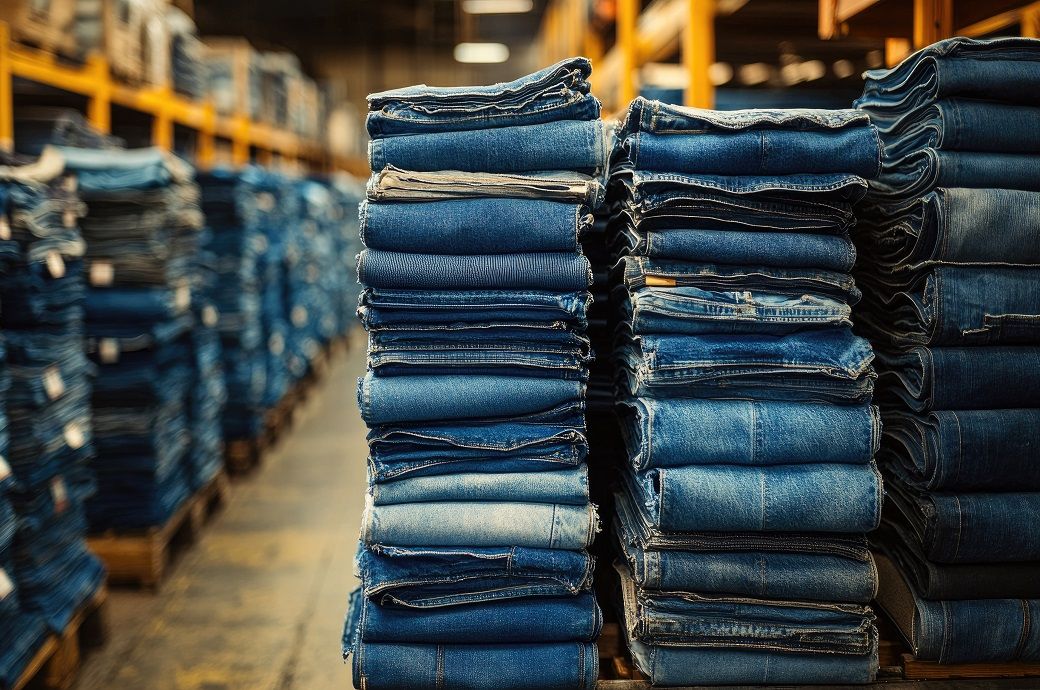
Levi Strauss—perhaps the most symbolically American of all brands with a rich 172-year heritage—perfectly illustrates the dilemma such brands now face.
The San Francisco-headquartered denim jeans manufacturer has just posted sales of $1,446 million for its financial quarter to June 1, up nine per cent on the first quarter of 2025 and its 13th consecutive quarter of growth.
Levi Strauss has two owned manufacturing facilities in Plock, Poland, and Cape Town, South Africa, while sourcing nearly all of its materials through independent contract manufacturers.
In response to the first Trump Administration’s trade war with China, Levi’s accelerated a sourcing diversification strategy and Bangladesh, Cambodia, India and Vietnam have subsequently become key manufacturing hubs for the brand, in pursuit of both cost and logistical advantages and more stable trade ties. As a result, less than one per cent of Levi Strauss’ US-destined products are now made in China.
Other US retailers have made similar adjustments. Gap, for example, now sources under 10 per cent of its merchandise from China, Nike produces half of its footwear and a quarter of its apparel in Vietnam, while Target has cut its dependence on China from 60 per cent in 2017 to just 30 per cent in 2025.
Supply chain overhaul
As part of a broader supply chain overhaul, Levi’s has also adopted short-term measures such as stockpiling inventory to cushion tariff shocks and transitioning from a fully owned distribution model to a hybrid structure using third-party logistics centres.
Levi Strauss products, including under the Beyond Yoga and Denizen brands as well as Levi’s, are sold in 120 countries across 50,000 retail points, including 3,400 brand-exclusive stores. In 2024, the company reported $6.4 billion in revenue, with over half generated from international markets. Strong growth in Europe and new direct-to-consumer partnerships with Amazon and Zalando are now helping the company scale globally and deepen its digital presence.
“Our strategic agenda is gaining traction, and we are entering the second half of 2025 from a position of strength as our ambition to transform into a denim lifestyle brand and best-in-class DTC retailer becomes a reality,” said president and CEO Michelle Gass.
Further, given a strong six months, the brand is raising its full-year 2025 revenue and earnings expectations, even despite the new US tariffs.
Difficult decisions
Behind this optimism, however, difficult sourcing decisions will have to be made.
As Levi Strauss’ suppliers, Bangladesh will face US tariffs of 35 per cent from August 1, Cambodia 36 per cent, and Vietnam 20 per cent, with India still locked in frantic negotiations. Whatever the final outcome, importing goods into the US is inevitably going to be much more expensive.
In the given scenario, the options for American brands are either a squeeze on existing suppliers, migration to even cheaper sourcing countries, or higher prices for US consumers. The buck will stop somewhere.
China’s dominance as a textile supplier is meanwhile being sharply eroded.
According to the US International Trade Commission, American apparel imports from China hit a 22-year low in May 2025, falling to $556 million from $1.69 billion in January—spurred by the Trump administration’s April move to impose tariffs as high as 145 per cent on certain Chinese goods.
ALCHEMPro News Desk (CG)
Receive daily prices and market insights straight to your inbox. Subscribe to AlchemPro Weekly!